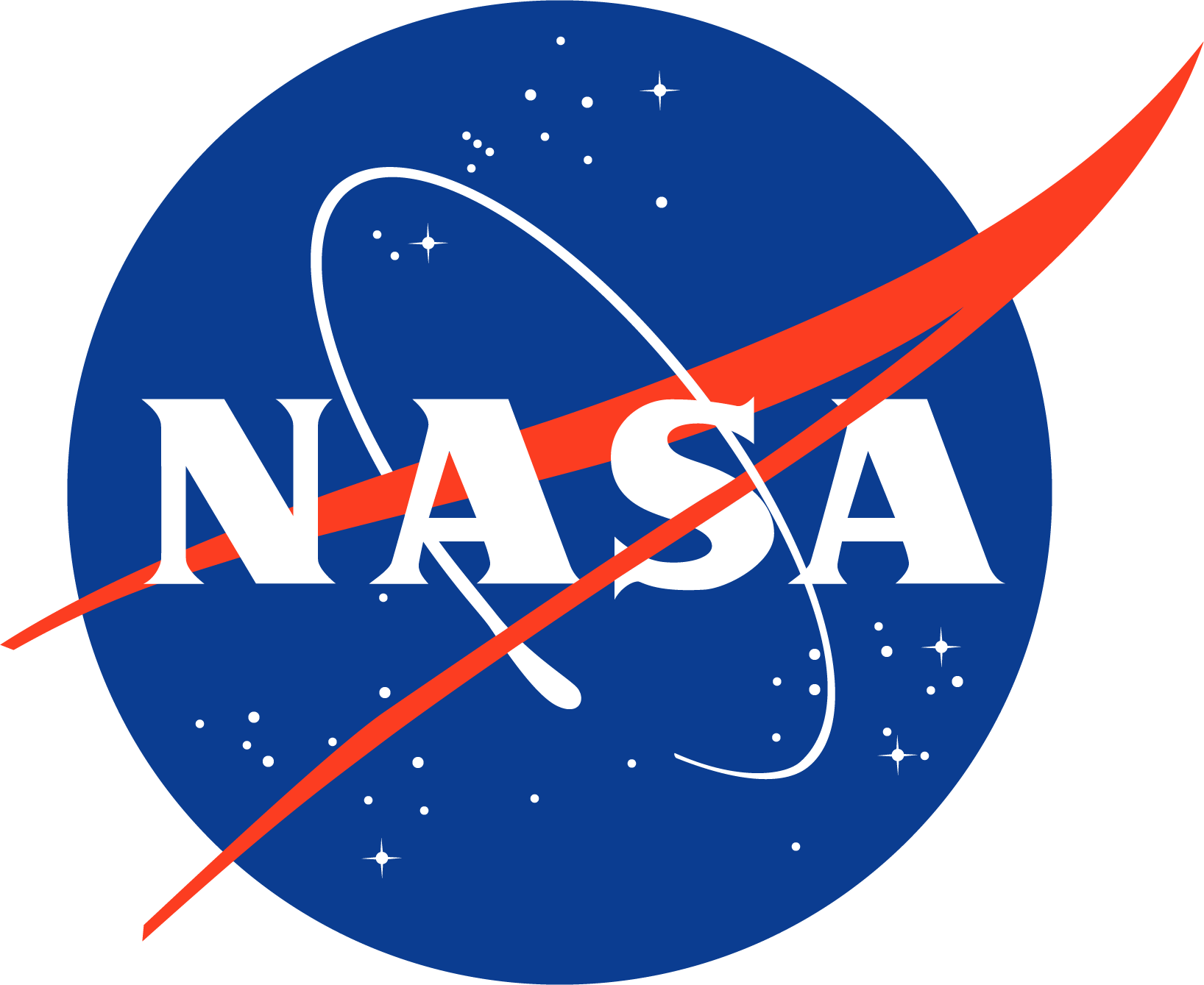Research Scientist
Science Systems and Applications, Inc./NASA GSFC - Greenbelt, MD
December 2014 - Present
Applications Coordinator and POC for the NASA Ice, Cloud and Land Elevation Satellite-2 Mission Applications Program. In charge of researching stakeholder interests and requirements for satellite observations, managing Early Adopter program, creating strategies to identify, engage, and expand the user community, and evaluating NASA products with regard to their public, political, and societal value for decision making needs.
Support Scientist
Sigma Space Corporation/NASA GSFC - Greenbelt, MD
April 2013 - December 2014
Lead Applications POC for the NASA Ice, Cloud and Land Elevation Satellite-2 Mission. As part of the Applications Team for ICESat-2 and NASA’s Carbon Monitoring System, in charge of researching stakeholder interests and requirements for satellite mission/carbon monitoring products, creating strategies to identify, engage, and expand the user community, and evaluating NASA products with regard to their public, political, and societal value for decision making needs.
Research Collaborator
International Food Policy Research Institute - Washington, DC
January 2012 - December 2012
During the final year of the Worldwide Extension Study (WWES), developed 15 summary reports on the agricultural extension systems in 182 countries. Responsible for reading, analyzing, comparing, contrasting, and then aggregating data to develop sub-regional (e.g. South America, East Asia) trends. Summary reports will be posted on the WWES website (http://www.worldwide-extension.org/) and then moved to the Global Forum for Rural Advisory Services website (http://www.g-fras.org/en/).
Graduate Research Intern
Consortium for Science, Policy and Outcomes, Washington, DC - Washington, DC
September 2011 - May 2012
Assisted in organizing New Tools for Science Seminar Series (http://www.cspo.org/dc/tools/) events. Created, developed and managed contact database for Washington, D.C. office mailing list, as well as managed email invitations. Helped with initial planning and organizing of World Wide Views on Biodiversity global citizen participation project held on September 2012.
Research Assistant
Joint Global Change Research Institute, Earth System Science Interdisciplinary Center - College Park, MD
June 2009 - January 2010
Participated in the study of the value of renewable technologies in the US energy system with a focus on their role in green house gas mitigation. Research focused on developing data sets for a segmented representation of the US electricity sector and of enhanced and new renewable technology descriptions. Integrated Agro-Ecological Zone data into regional land use data sets of the MiniCAM model’s Agriculture Land-Use Module, which contributed to the development of the IPCC’s RCP4.5 Scenario.
Research Assistant
Joint Global Change Research Institute, Pacific National Northwest Laboratory, Battelle - College Park
April 2007 - April 2009
Contributed to data development, research, and documentation of models that simulate the economic and physical impacts of global change policy options. Efforts included researching and implementing new ways to streamline and improve the processes needed for the generation of model input data, developing historical SO2 estimates, downscaling global anthropogenic emissions from gridded data, as well as synthesizing datasets in order to integrate livestock production system details into the MiniCAM model’s Agriculture Land-use Module. Summarized and translated a vulnerability and adaptation study done in El Salvador.
